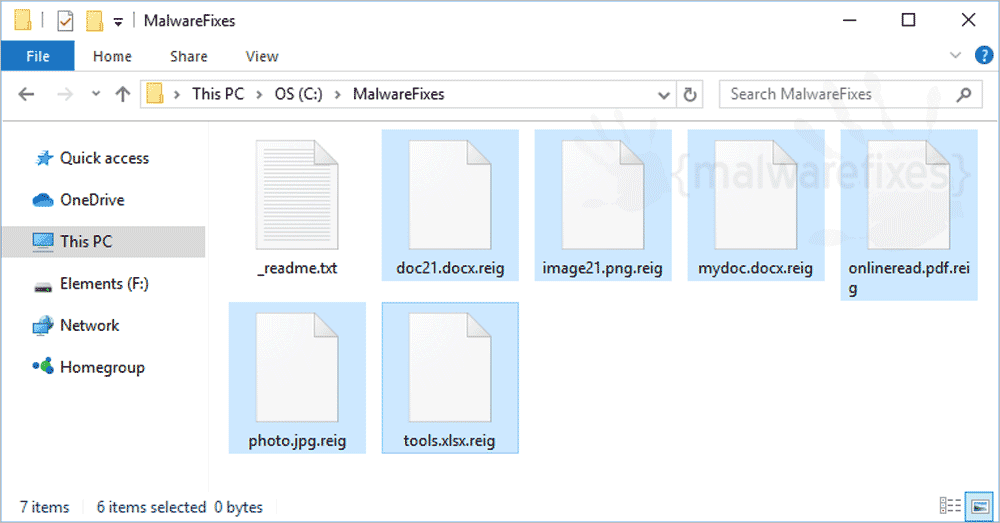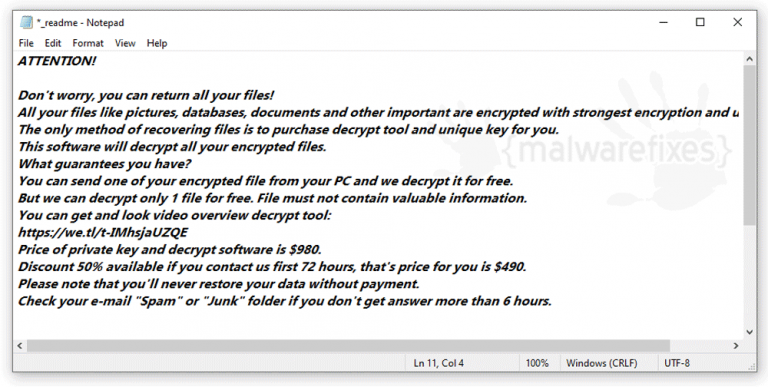

Since many people hold valuable information on phones and tablets, the ransomware poses a big danger. This malware can be distinguished by the changed desktop wallpaper with CryptoLocker sign on it.ĬryptoTorLocker2015 is noticeable due to the fact that it is able to infiltrate mobile devices using Android OS. Yet another ransomware that hijacks the computer and the data in it and then demands money. The ransomware can be identified by the extension it adds to encrypted files –. Usually these have general topics that are able to draw people’s attention, like parcel tracking, unpaid taxes, etc. Crypt0L0cker is a ransomware based on original CryptoLocker, that is spread via email messages. Once it is opened, the installation of the ransomware begins.Ĭrypt0L0cker. The text of these messages doesn’t matter, as they have an attached malicious file camouflaged as a zip archive. How Cryptolocker got installed on your computerĬommonly, CryptoLocker invades a computer via spam emails that look like letters with beneficial offers or like notifications from government. The note will show a countdown with a period of 72 or 96, an amount of ransom and detailed instructions, which often include transferring money through Ukash, BitCoin, MoneyPak or other payment methods guaranteeing anonymity to the receiver. This will reduce the time left and inflict more panic, and for the second key cyber criminals will demand more money. However it does not warrant decryption, the cybercriminals may intentionally send you a wrong code. Just after the decryption CryptoLocker finishes the ciphering, it displays a note saying that your data will remain unavailable until you purchase a key. (It is the fourth file listed.CryptoLocker is the name of a ransomware posing a great menace to computers as it compels users to pay money for retrieving the encrypted files.

How to encrypt and secure files using Kasperskyįor important files, you can encrypt them and save them in a Kaspersky vault that can only be accessed with a password you set up.

You then can encrypt the files and store them in a secured vault that is only accessible with a passcode. If you don't have an online storage account, you can back up your files and store them locally on your desktop. Source: Nicole Johnston/Windows Central (Image credit: Source: Nicole Johnston/Windows Central)


 0 kommentar(er)
0 kommentar(er)
